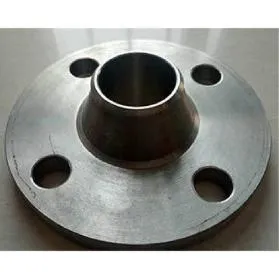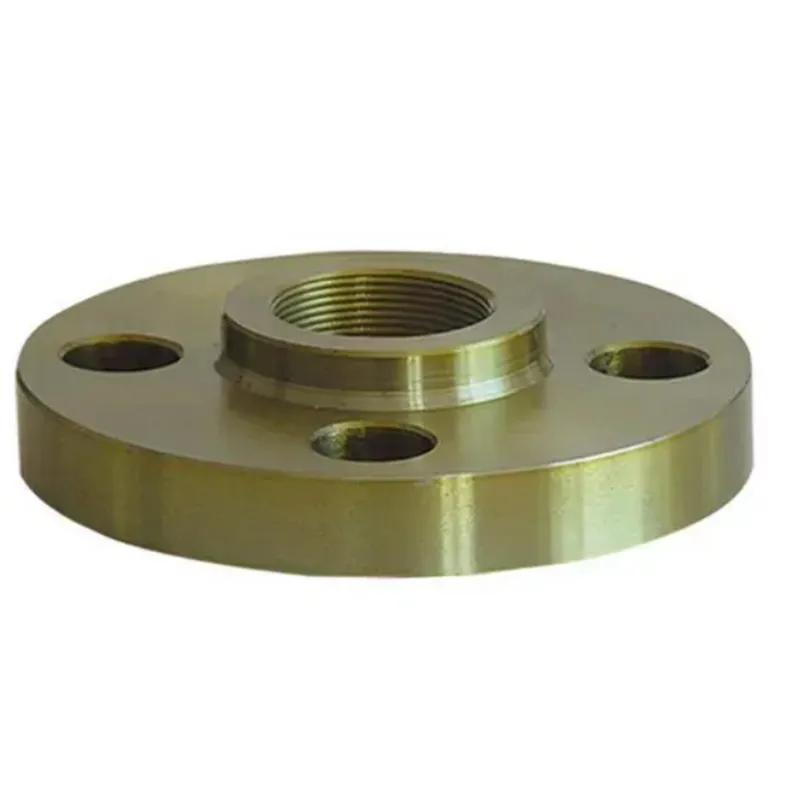-
Cangzhou Yulong Steel Co., Ltd.
-
Phone:
+86 13303177267 -
Email:
admin@ylsteelfittings.com
- English
- Arabic
- Italian
- Spanish
- Portuguese
- German
- kazakh
- Persian
- Greek
- French
- Russian
- Polish
- Thai
- Indonesian
- Vietnamese
- Zulu
- Korean
- Uzbek
- Hindi
- Serbian
- Malay
- Ukrainian
- Gujarati
- Haitian Creole
- hausa
- hawaiian
- Hebrew
- Miao
- Hungarian
- Icelandic
- igbo
- irish
- Japanese
- Javanese
- Kannada
- Khmer
- Rwandese
- Afrikaans
- Albanian
- Amharic
- Armenian
- Azerbaijani
- Basque
- Belarusian
- Bengali
- Bosnian
- Bulgarian
- Catalan
- Cebuano
- China
- China (Taiwan)
- Corsican
- Croatian
- Czech
- Danish
- Esperanto
- Estonian
- Finnish
- Frisian
- Galician
- Georgian
- Kurdish
- Kyrgyz
- Lao
- Latin
- Latvian
- Lithuanian
- Luxembourgish
- Macedonian
- Malgashi
- Malayalam
- Maltese
- Maori
- Marathi
- Mongolian
- Myanmar
- Nepali
- Norwegian
- Norwegian
- Occitan
- Pashto
- Dutch
- Punjabi
- Romanian
- Samoan
- Scottish Gaelic
- Sesotho
- Shona
- Sindhi
- Sinhala
- Slovak
- Slovenian
- Somali
- Sundanese
- Swahili
- Swedish
- Tagalog
- Tajik
- Tamil
- Tatar
- Telugu
- Turkish
- Turkmen
- Urdu
- Uighur
- Welsh
- Bantu
- Yiddish
- Yoruba

Jan . 09, 2025 10:47 Back to list
types of pipe caps
Navigating the diverse world of pipe types can be overwhelming for anyone new to this field, whether a homeowner looking to make plumbing upgrades or a professional in the construction industry. Pipes are essential components in any plumbing system, each type offering distinct properties and optimal applications suited to various needs. This guide delves into the most prevalent types of pipes used today, based on extensive industry experience, expert knowledge, and trusted benchmarks in plumbing excellence.
When it comes to industries demanding robustness, galvanized steel pipes are frequently used. Recognized for their strength and durability, these pipes are often employed in outdoor and industrial applications where long-lasting materials are paramount. Despite their strength, they are prone to corrosion over time, particularly in water systems, which has led many professionals to advise against their use in newer constructions for drinking water supplies. For those in need of piping solutions that can handle high pressure while ensuring consistent performance, stainless steel pipes offer a high-strength, corrosion-resistant solution. Used extensively in both commercial and industrial settings, they provide exceptional durability and are often selected for their aesthetic appeal in visible installations. Their price can be a limiting factor, but their longevity and minimal maintenance requirements often offset the initial cost. CPVC (Chlorinated Polyvinyl Chloride) pipes offer a middle ground with respect to heat resistance and affordability, making them a popular choice for hot and cold water lines. They retain the ease of installation and chemical resistance of standard PVC but can handle higher temperatures, which broadens their range of application significantly. Each pipe type presents unique benefits and potential drawbacks. Selection should be rooted in a comprehensive analysis of the specific requirements and conditions of the intended application. Trust in expert advice and consult with seasoned professionals to ensure that the choice of pipe aligns perfectly with your project’s long-term performance goals. With advancements in materials science continually enhancing options available, staying informed about the latest innovations and standards is crucial in making authoritative and trustworthy piping choices.


When it comes to industries demanding robustness, galvanized steel pipes are frequently used. Recognized for their strength and durability, these pipes are often employed in outdoor and industrial applications where long-lasting materials are paramount. Despite their strength, they are prone to corrosion over time, particularly in water systems, which has led many professionals to advise against their use in newer constructions for drinking water supplies. For those in need of piping solutions that can handle high pressure while ensuring consistent performance, stainless steel pipes offer a high-strength, corrosion-resistant solution. Used extensively in both commercial and industrial settings, they provide exceptional durability and are often selected for their aesthetic appeal in visible installations. Their price can be a limiting factor, but their longevity and minimal maintenance requirements often offset the initial cost. CPVC (Chlorinated Polyvinyl Chloride) pipes offer a middle ground with respect to heat resistance and affordability, making them a popular choice for hot and cold water lines. They retain the ease of installation and chemical resistance of standard PVC but can handle higher temperatures, which broadens their range of application significantly. Each pipe type presents unique benefits and potential drawbacks. Selection should be rooted in a comprehensive analysis of the specific requirements and conditions of the intended application. Trust in expert advice and consult with seasoned professionals to ensure that the choice of pipe aligns perfectly with your project’s long-term performance goals. With advancements in materials science continually enhancing options available, staying informed about the latest innovations and standards is crucial in making authoritative and trustworthy piping choices.
Next:
Latest news
-
ANSI 150P SS304 SO FLANGE
NewsFeb.14,2025
-
ASTM A333GR6 STEEL PIPE
NewsJan.20,2025
-
ANSI B16.5 WELDING NECK FLANGE
NewsJan.15,2026
-
ANSI B16.5 SLIP-ON FLANGE
NewsApr.19,2024
-
SABS 1123 FLANGE
NewsJan.15,2025
-
DIN86044 PLATE FLANGE
NewsApr.19,2024
-
DIN2527 BLIND FLANGE
NewsApr.12,2024
-
JIS B2311 Butt-Welding Fittings LR/SR 45°/90° /180°Seamless/Weld
NewsApr.23,2024











